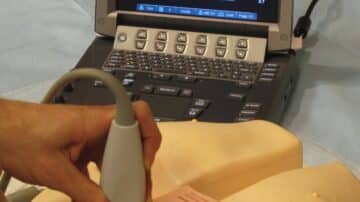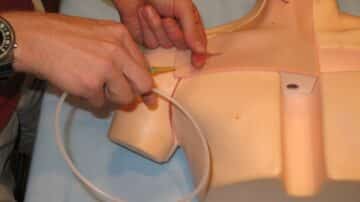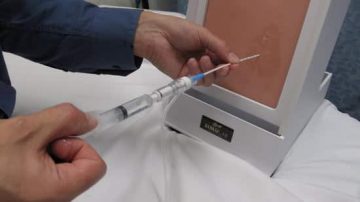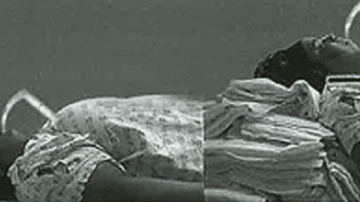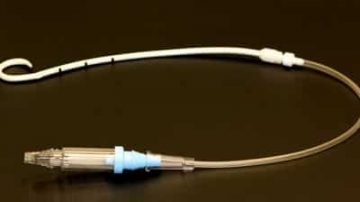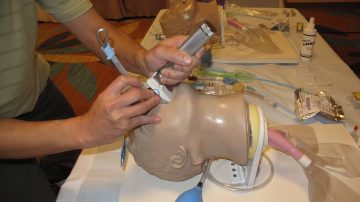More Tags – Alternatives to PICC, alternatives to picc line, Internal Jugular Central Line, PICC in patients who may need hemodialysis, PICC in patients with chronic kidney disease, picc line for dialysis, picc line placement, PICC line placement for long-term vascular access, Subclavian Central Line
A peripherally inserted central catheter (PICC) line refers to a type of central line that is used for long-term vascular access in patients with chronic kidney disease (CKD). However, the American Board of Internal Medicine’s (ABIM) Choosing Wisely campaign recommends…
Read More
